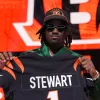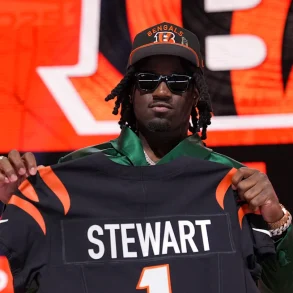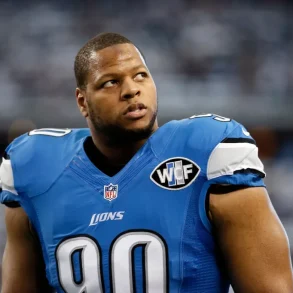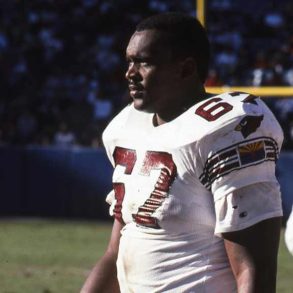In journalism, especially sports reporting, there’s often a noticeable difference between what is written and what is said on air. Written statements are typically more carefully constructed and precise, while spoken remarks can be looser, less filtered, and more speculative.
This discrepancy is on display in the case of NFL reporter Mark Kaboly, who covers the Pittsburgh Steelers. His contrasting remarks about the team’s stance on potentially trading linebacker T.J. Watt have sparked debate and confusion about the true situation.
Steelers Assessing Watt’s Trade Value Appears More Due Diligence Than Trade Commitment
Kaboly recently tweeted that “there have been no inquiries made to other teams about trading [Watt],” suggesting the Steelers aren’t exploring a trade.
However, during a radio appearance the same day, he appeared to contradict that by saying the Steelers are “obviously inquiring” about what they might get in a trade for Watt, calling it “due diligence.” While this may not be a literal contradiction, it reveals a nuanced difference between formal reporting and informal commentary, emphasizing how interpretation can shift based on format and context.

Kaboly’s use of the term “due diligence” implies that the Steelers aren’t actively shopping Watt but are trying to understand his market value as a precaution.
This subtle exploration doesn’t equate to outright trade discussions but reflects a team trying to evaluate all its options amid a contract stalemate. Teams routinely assess trade value for top players—not necessarily because they plan to trade them, but to strengthen their negotiating position. It’s a strategic move, not a commitment.
No Intention Means Possibility Remains Even For Stars Like T J Watt
The idea that the Steelers have “no intention” to trade Watt shouldn’t be confused with an absolute refusal. NFL history is full of examples where players were traded despite similar reassurances. Using comparisons like Mahomes or Burrow, the point is made that saying a player isn’t on the trading block doesn’t mean a deal is impossible. If a team offers enough, or if contract talks break down significantly, even cornerstone players can be moved.
As Week 1 of the season approaches, the impasse between Watt and the Steelers remains unresolved. There’s speculation that Watt may be aiming for a contract that surpasses Myles Garrett’s $40 million per year, while the Steelers might be offering less.
The front office could allow Watt to seek other offers as a leverage tactic, mirroring a strategy the Bengals used with Trey Hendrickson. Ultimately, the Steelers appear to be preparing for multiple outcomes—including a trade—should negotiations with their star linebacker collapse before the season begins.







